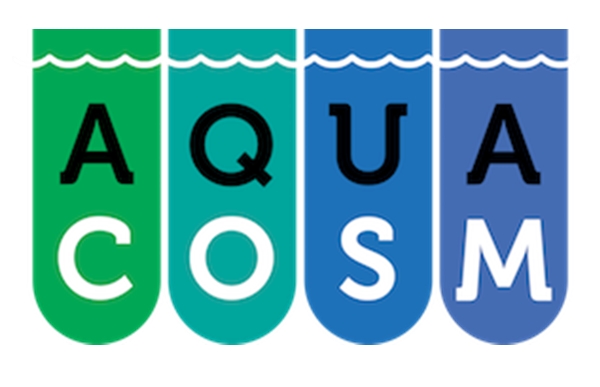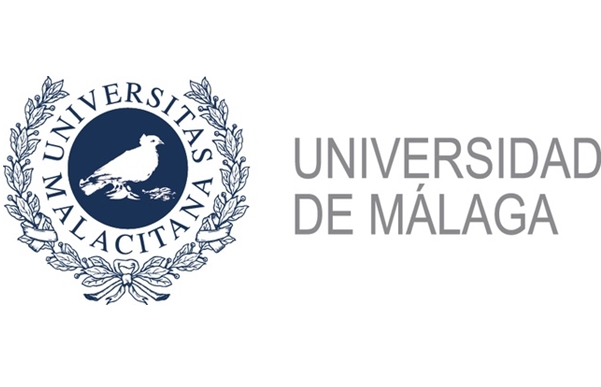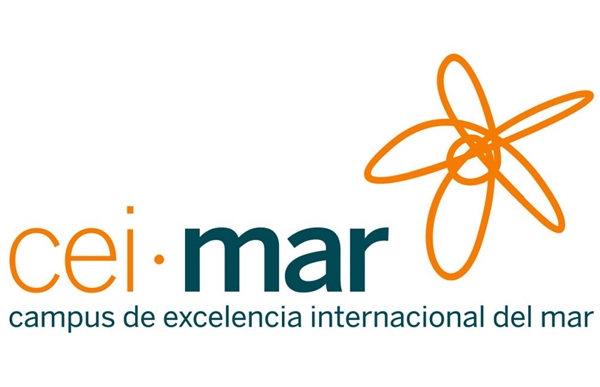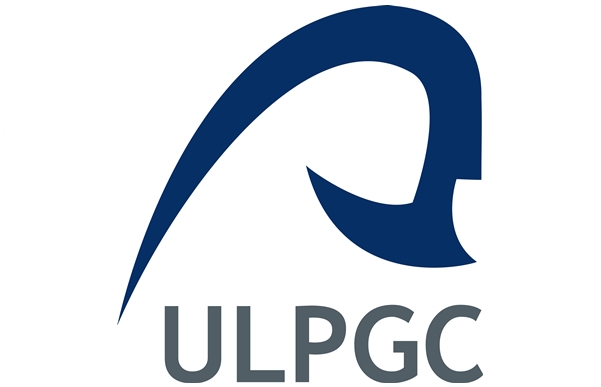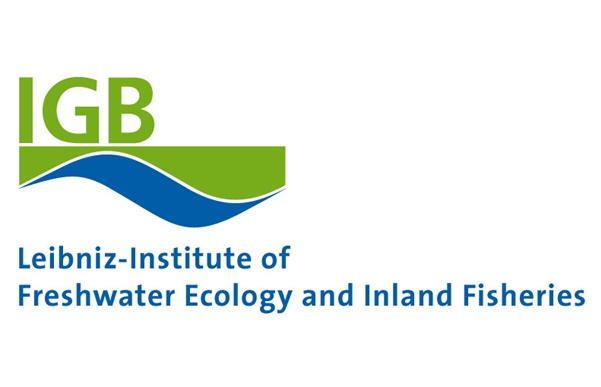
Methodology
Coccosphere Environmental Analysis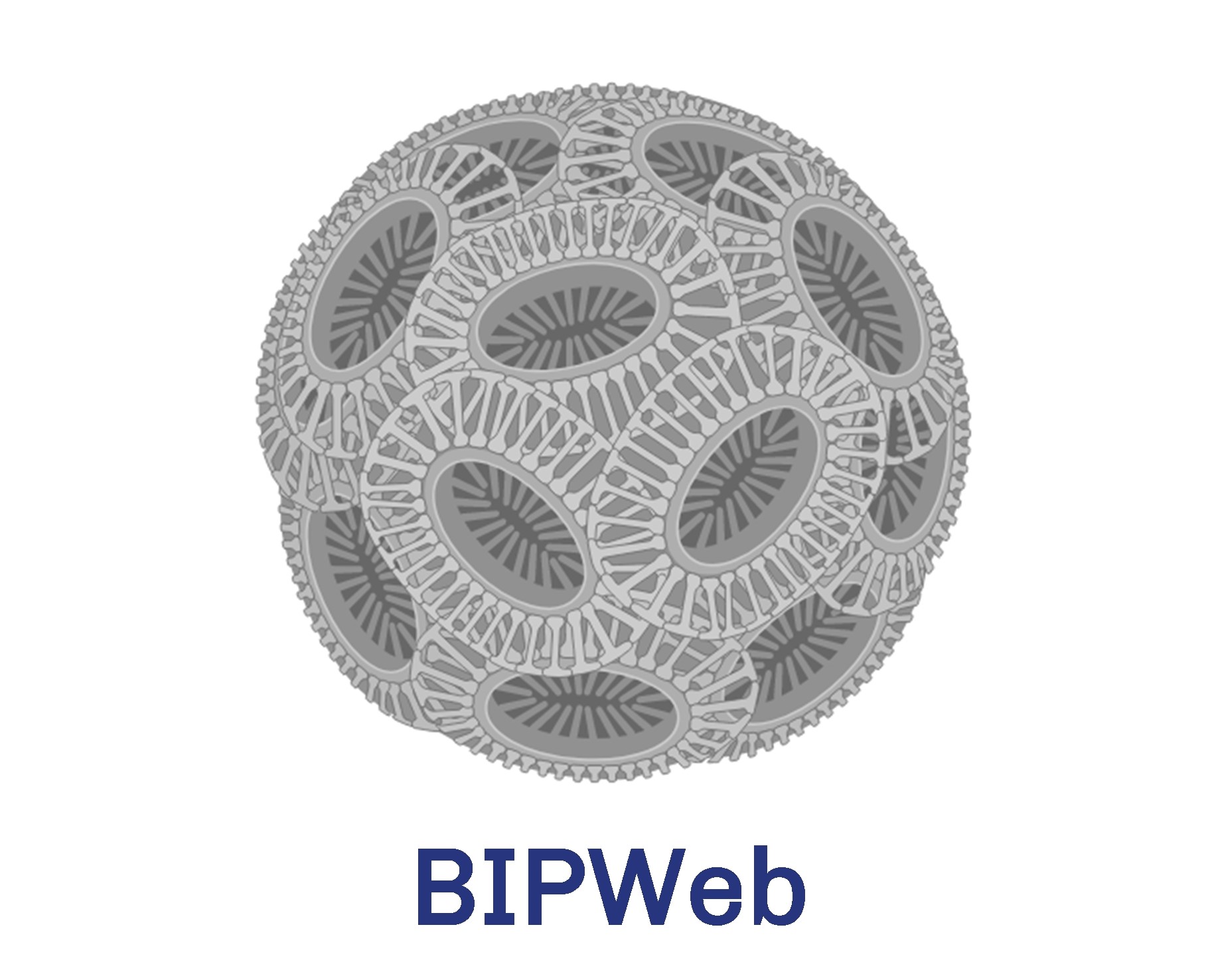
We will use 12 high-density polyethylene mesocosms of 11 m3 covered with low-density polyethylene lids both transparent to PAR and UVR. We propose a full-factorial design with all combinations of ambient (-) and high (+) dissolved organic matter (brownification, B) and dissolved iron (dFe) in triplicate, i.e. -B-dFe (control); -B+dFe; +B-dFe; +B+dFe. For the browning treatment 2 mg/mL (final conc.) of humin feed (humic and fulvic acids) will be added to half of the mesocosms, according to the Joint Mesocosm Experiments (JOMEX) Strategy in the AQUACOSM programme. To achieve the increased dFe condition, 70 nM of the siderophore desferoxamine B (DFB) will be added to half of the mesocosms. Mesocosms will continuously be gently mixed by using an airlift system and will be fertilised at the onset of the experiment with nitrate and phosphate to induce a bloom of the coccolithophore E. huxleyi. They will be sampled at 2 m depth, every 1-3 days depending on the variables.
Variables
1
Chromophoric Dissolved Organic Matter (CDOM) will be analysed by absorbance scans from 250-750 nm to calculate the absorption coefficient, and in a Shimadzu TOC-L analyser.
2
Dissolved organic carbon and nitrogen (DOC and DON) will be analysed in a Shimadzu TOC-L analyser.
3
Dissolved Fe and organic ligands will be determined by differential pulse cathodic stripping voltammetry (DP-CSV). Dissolved Cu will be analysed by chemiluminescence flow injection analysis (CL-FIA).
4
Irradiance profiles will be measured with a TRIOS RAMSES spectroradiometer.
5
Dissolved inorganic carbon (DIC), O2, pH, T , alkalinity, and salinity will be measured and quantified with the CO2calc.
6
Inorganic nutrient concentrations will be analysed in a nutrient autoanalyser.
7
In vivo Chl a fluorescence and thylakoidal electron transport rates will be assesed by pulse amplitude modulated fluorometry.
8
Cell abundance, Chl a and grazing rates. Phytoplankton < 20 μm, bacterioplankton, grazing rates upon bacteria, and viruses will be analysed by Accuri C6 Flow Cytometry. Phytoplankton > 20μm and microzooplankton will be analysed with a FlowCAM. Mesozooplankton will be fixed with formalin and counted. Chl a content will be determined by fluorescence emission.
9
Stoichiometry will be studied with a C:H:N elemental analyser. Ca, Fe, P, Si will be measured by wavelength dispersive X-ray fluorescence spectroscopy (WDXRF).
10
Cell stress (cell viability, death and reactive oxygen species) will be analysed in the phytoplanktonic fraction < 20μm by Accuri C6 Flow Cytometry.
11
DNA damage will be assessed by immunodetection of DNA cyclobutane pyrimidine dimmers (CPDs) lesions with a monoclonal antibody.
12
Photosynthesis estimated as 14C fixation and calcification will be measured in parallel incubations with 14C-labelled bicarbonate.
13
Scanning electron microscopy (SEM). The morphological aspects, size and identification of elements in the different phytoplankton cells will be examined in a Zeiss EVO MA10 microscope.

